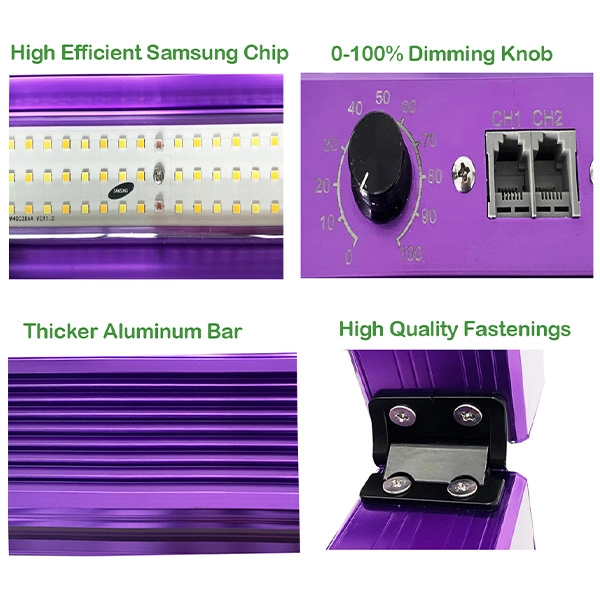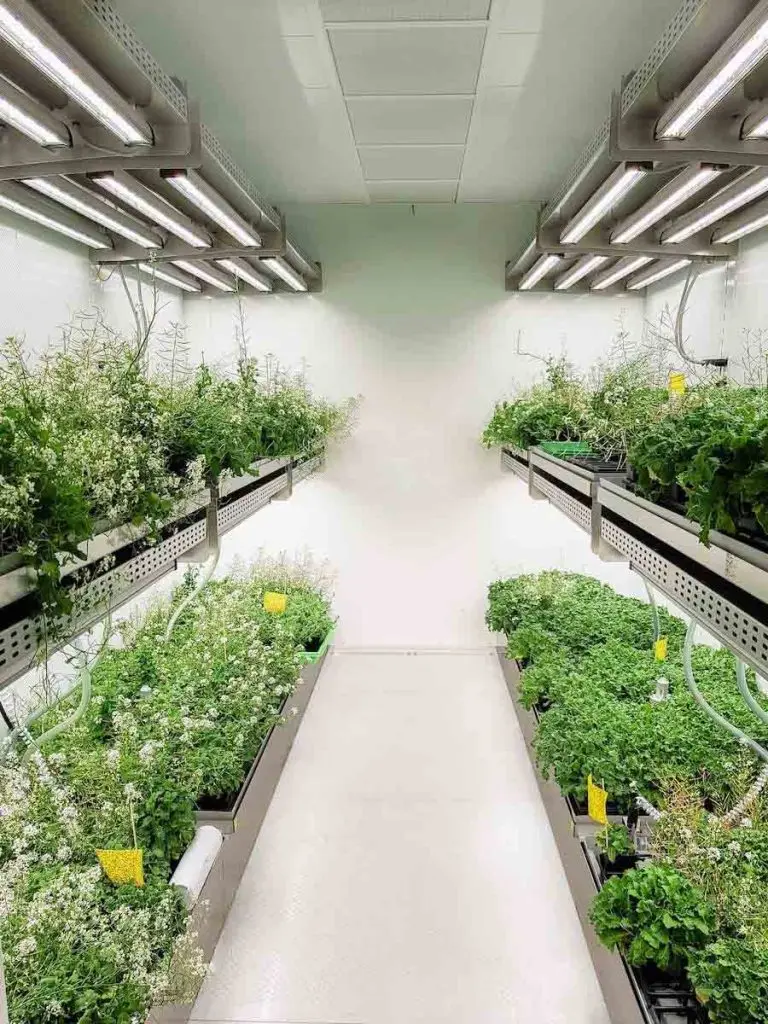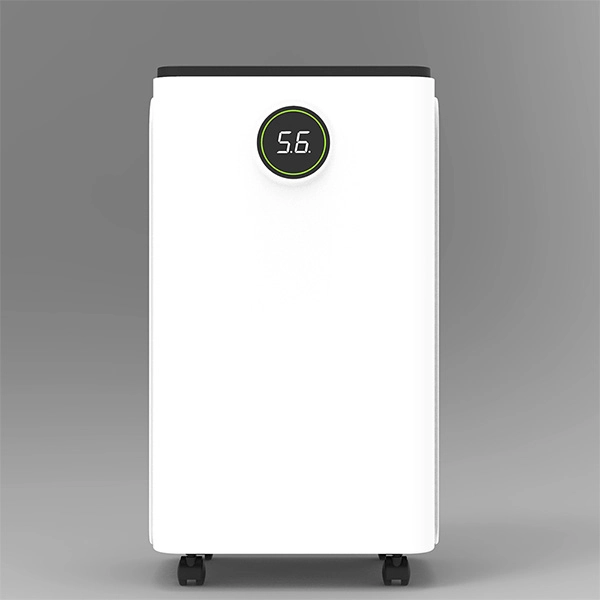What Makes Indoor Hydroponic Gardens a Game-Changer for Urban Living?
How Do Indoor Garden Systems Address Space Constraints in Cities?
Cities often face the challenge of space which makes traditional gardening difficult to pursue effectively due to space constraints. Indoor garden systems present the answer through the use of small and vertically planned plants that can easily be housed in apartments or minimal living areas without expansive land plots. Hydroponic processes in which plants have no soil but are sustained by nutrient water solutions instead enable city residents to actually plant indoors. The method not only optimizes the use of space but also permits the best conditions for plant growth in indoor environments.
Why Are Indoor Hydroponic Gardens Ideal for Urban Food Production?
Urban indoor hydroponic gardens respond to the growing need for urban food production in cities by enabling city inhabitants to grow fresh fruits and vegetables throughout the year irrespective of external weather conditions. The systems eliminate reliance on supply chains and carbon emissions during transport while offering healthier and fresher crops. Furthermore, hydroponic farming utilizes less water than traditional farming techniques, thus constituting an environmentally friendly means for urban farming.
How Does TIDESTAR Redefine Indoor Hydroponics for Smart Cities?
What Sets TIDESTAR’s Indoor Hydroponic Systems Apart?
TIDESTAR is trying to advance the fields of photobiology and agriculture so as to improve the efficiency of food and medicine production for the growing global population.
TIDESTAR provides a range of hydroponic solutions that support plants at every growth stage in a holistic manner. Our horticultural products encapsulate all the essentials needed for indoor growing stages. Our systems are worth it in terms of durability and convenience with the inclusion of higher-quality materials and advanced technology. For instance, the plastic hydroponics grow system nursery table trays facilitate automated watering and fertilization processes to ensure nutrient distribution and minimal labor costs. This helps maintain watering for plants and minimizes losses caused by inadequate watering practices.
How Does TIDESTAR Ensure Consistent Crop Quality and Yield?
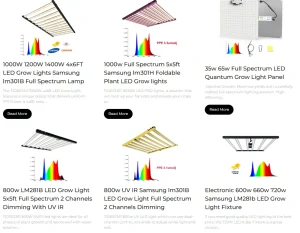 Indoor hydroponics heavily relies on lighting systems to thrive effectively and TIDESTAR has incorporated advanced LED lighting technology into their setups for optimal growth conditions. The LEDs they use are energy efficient and long-lasting while offering the light spectrum needed at different growth stages. These lights can be placed up to 4 meters above the plant canopy without losing their effectiveness over periods.
Indoor hydroponics heavily relies on lighting systems to thrive effectively and TIDESTAR has incorporated advanced LED lighting technology into their setups for optimal growth conditions. The LEDs they use are energy efficient and long-lasting while offering the light spectrum needed at different growth stages. These lights can be placed up to 4 meters above the plant canopy without losing their effectiveness over periods.
Being dedicated to innovation sets TIDESTAR apart as a frontrunner in hydroponics by providing intelligent solutions that cater perfectly to the requirements of contemporary urban life. They not only meet space requirements but also highlight efficiency and sustainability in urban agriculture.
Can Indoor Hydroponics Enhance Food Security in Urban Areas?
How Do These Systems Contribute to Sustainable Food Supplies?
Urban agriculture is being revolutionized by hydroponic garden systems that provide a sustainable way of growing food all year round regardless of what the weather is outside. These systems do away with soil, instead, use water full of nutrients to feed the plants. A more water-efficient method than traditional farming. Hydroponic ebb and flow trays with reservoir and pump flood plant roots with water and nutrients to optimize efficiency of nutrient uptake and minimize wastage.
TIDESTAR’s indoor hydroponic systems take the lead in sustainability, optimizing the use of resources and plant health through balanced watering and limiting wastage of water from ineffective watering techniques. TIDESTAR is also a value leader in durability and being environmentally friendly through the use of durable materials in their designs.
What Role Does Indoor Hydroponics Play in Reducing Food Miles?
Indoor hydroponics offers a benefit by cutting down on food miles. The distance food travels from the farm to the consumer significantly decreases with this method. In cities where traditional farming space’s scarce indoor hydroponic gardens enable people to cultivate fresh produce in their homes or shared community areas, eliminating the reliance on extensive transportation networks and lowering carbon emissions linked to food distribution.
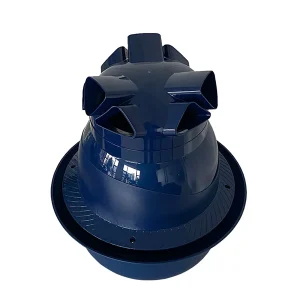 The systems created by TIDESTAR are crafted with city life in focus. Provide compact and effective options for growing plants indoors easily. Their top notch humidifiers are essential for keeping the conditions for growth by controlling humidity levels efficiently with minimal upkeep required. The advanced Pure Fogger humidifier operates through movement to emit water mist through the outlet opening to ensure even moisture spread within the growing space boosting plant vitality and output consistently.
The systems created by TIDESTAR are crafted with city life in focus. Provide compact and effective options for growing plants indoors easily. Their top notch humidifiers are essential for keeping the conditions for growth by controlling humidity levels efficiently with minimal upkeep required. The advanced Pure Fogger humidifier operates through movement to emit water mist through the outlet opening to ensure even moisture spread within the growing space boosting plant vitality and output consistently.
How Does TIDESTAR Support Urban Communities in Food Production?
In addition to focusing on product design innovation, TIDESTAR’s core is their dedication to empowering city communities to partake in sustainable food production efforts through its user-friendly systems integration that simplify the cultivation process and make it viable even for novices. The horticultural product comprises a comprehensive range of essentials for various indoor growing phases.
Why Are TIDESTAR’s Products Perfect for Urban Hydroponics?
TIDESTAR’s products are designed to meet the needs of urban agriculture, and its plastic basin cultivation system trays demonstrate how they streamline irrigation and nutrient supply, making irrigation over an acre or more automated and efficient, reducing the need for manual labor and ensuring consistent crop quality. Furthermore, TIDESTAR provides a range of tools, such as plastic propagators designed to support the growth of seedlings in controlled environments. An excellent seed propagator featuring a well-aerated lid to promote the early development of seeds and cuttings. These items are perfect for farms or individuals aiming to grow their own produce in an environmentally friendly manner. By focusing on space utilization efficiency and optimizing resources while also prioritizing accessibility features.
TIDESTAR prioritizes sustainability not only in our practices but also in our product materials. Our sturdy designs are crafted to last and reduce waste aligning with the eco-conscious approach embraced by forward-thinking cities looking to lessen their environmental footprint.
Frequently Asked Questions about Indoor Hydroponics
Q: Are indoor hydroponic systems worth it?
A: Hydroponics offer several benefits to indoor gardeners. They occupy less space than traditional gardening, so they can be fitted into almost any location. Also, they use less water than traditional gardening, so they are more environmentally friendly.
Q: What are the 5 disadvantages of hydroponics?
A: Disadvantages of Hydroponic Farming: High Set-Up Cost. It is expensive to set up a hydroponic system. Reliance On Constant Power Supply/System. High-Level Maintenance & Monitoring. Susceptibility to Waterborne Diseases. Requires Special Expertise. Debatable Nature of Organic Labels.
Q: What indoor plants can you grow hydroponically?
A: Ideal houseplants that can be used for hydroponic at home are spider plant, English ivy, lucky bamboo, peace lily, money tree, pothos, monstera and Chinese evergreen.
Q: Can you grow hydroponics in your house?
A: In order to hydroponically cultivate, you need plants, a container, water, a means of suspending the plants, nutrients and light. Vegetables may be hydroponically cultivated outdoors or even indoors. If indoors, then man-made light will facilitate faster growth.
